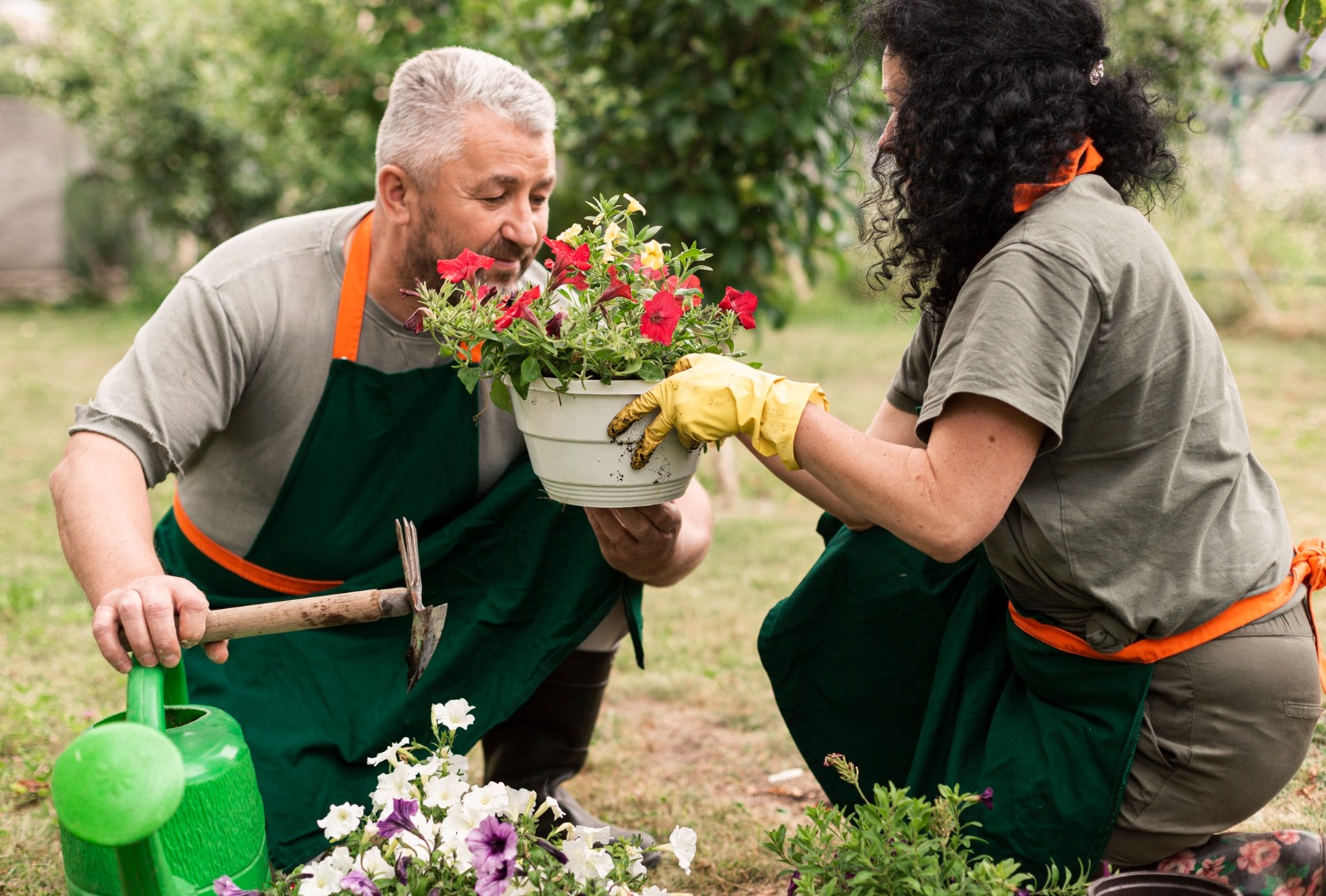As the golden hues of autumn grace Braselton, it’s a perfect time to turn attention to our gardens. Fall not only brings cooler temperatures but also unique changes that affect the way we should care for our outdoor plants. While it might be tempting to relax and let the garden fare for itself, a few simple care steps can ensure your greenery enters the next growing season healthy and vibrant.
Braselton’s climate provides a stunning backdrop for a lush garden, and knowing how to adjust your gardening practices to the season’s specifics can make all the difference. From prepping your soil to adjusting watering schedules, a well-cared-for garden during fall not only looks great but also thrives come spring. Let’s dig into how you can make the most of your gardening efforts this fall.
Preparing Your Garden for Fall
Giving your garden some love in the fall can set the stage for a successful spring. Here are steps you can take to get your garden fall-ready:
1. Clean Up Fallen Leaves and Debris: As trees shed their leaves, your garden can quickly become cluttered. Regularly clearing away fallen leaves and organic debris is crucial. This not only keeps your garden looking tidy but prevents pests and diseases that thrive in decomposing matter. A clean garden bed ensures your plants have the space they need to breathe and grow.
2. Pruning Plants and Shrubs: Fall is ideal for pruning back overgrown or damaged plants. By trimming away dead or diseased branches, you encourage healthier growth for the next year. Focus on shrubs and plants that flower in spring as they prepare for dormancy. Pruning not only shapes them but also helps in warding off pests.
3. Planting Fall-Friendly Flowers and Vegetables: Don’t think of fall as the end of your growing season. Instead, it’s a new beginning for particular plants. Consider planting fall-friendly varieties like chrysanthemums, pansies, and kale. These plants not only withstand cooler temperatures but also add a splash of color to your garden. Vegetables like spinach and lettuce can also thrive during this time, ensuring you have fresh produce for a little longer.
With these basic steps, your garden will be ready to enjoy the fall while preparing for the winter months ahead. These practices will make gardening in Braselton more enjoyable as the seasons transition.
Soil and Mulch Maintenance
Proper soil care in fall helps your garden flourish later. Start with a soil test to learn what nutrients your garden might need. Once you know, add organic matter like compost or well-rotted manure to enrich your soil. This will give your plants a nutritious base from which to grow.
Mulching serves a dual purpose: it enriches the soil and protects it from harsh weather. In fall, opt for a thicker layer of organic mulch, like shredded leaves or straw, around plants. This mulch keeps the soil warmer during cold months and cools it during any last warm spells. Choosing the right mulch, such as pine bark or cedar chips, can also add a pleasant visual finish to your garden. Not only does it look good, but it also keeps weeds at bay.
Watering and Irrigation Adjustments
As temperatures drop, it’s important to adjust how you water your garden. Overwatering is a common mistake, especially when rain increases in fall. Scale back your watering schedule, opting for deep watering sessions less often rather than frequent light ones. This encourages plants to develop deeper root systems, making them hardier.
Ensure your garden maintains proper drainage to avoid waterlogging. If you notice standing water, consider modifying your garden layout with raised beds or drainage systems. An irrigation system can be a great investment for controlling water use in larger areas. Set it to accommodate the changing seasons, saving both time and resources.
Pest and Disease Management
Fall can bring about a new set of pests and plant diseases in Braselton. Identifying common threats like aphids or powdery mildew early helps you protect your garden. Use environmentally friendly pest control methods, such as introducing beneficial insects or applying neem oil.
Preventive measures go a long way. Keeping your garden clean of debris helps lessen areas where pests like to hide. Regularly inspect your plants and practice crop rotation to reduce the chances of disease. Simple steps taken now can lead to fewer problems as the season shifts.
An effective fall garden care routine not only helps your plants withstand the cold months but also sets you up for a successful spring. By tending to some fundamentals in soil, watering, and pest management, you’re giving your garden the foundation it needs to thrive. With a little thoughtful planning, your garden can continue to bring you joy and beauty year-round.
Fall garden care is your ticket to a vibrant spring landscape. When you prioritize tasks like soil enrichment, precise watering, and pest management, your garden is ready to thrive through the colder months. If you’re interested in enhancing your outdoor space and want expert insights into Georgia outdoor landscaping, consider visiting Sugar Hill Outdoors for professional guidance and services.





